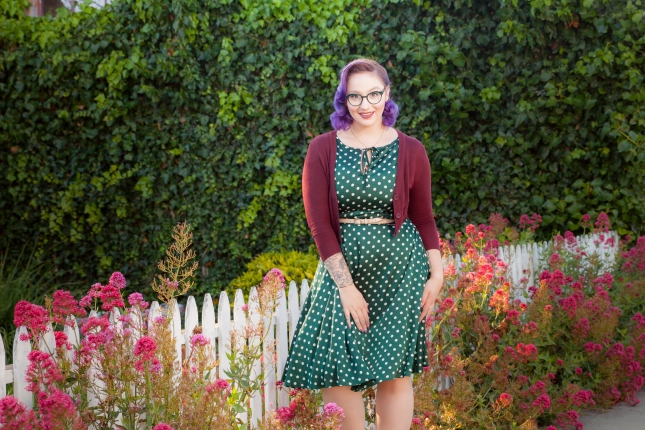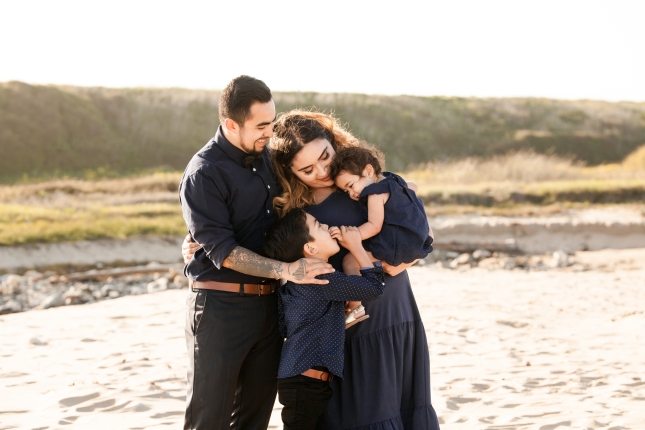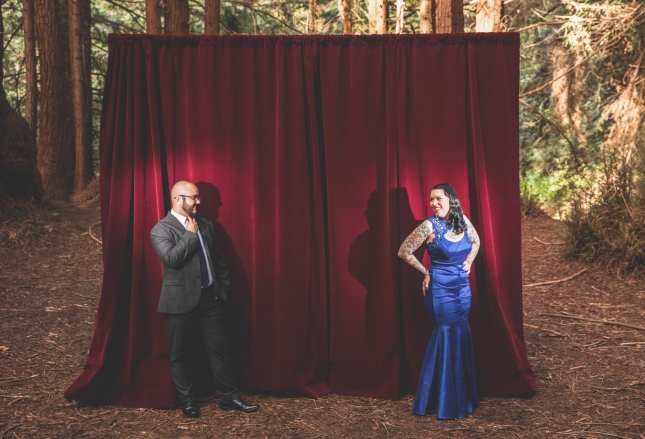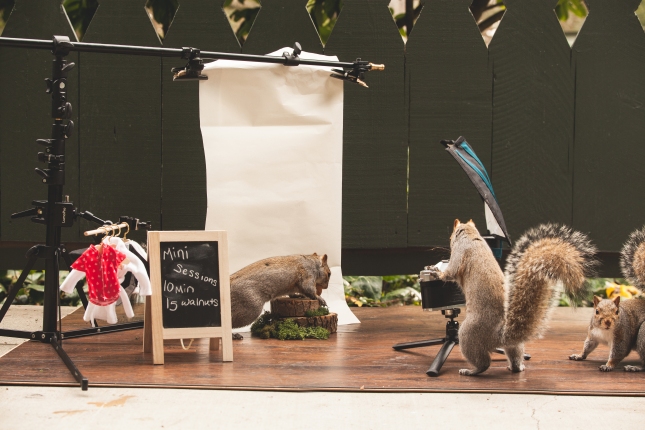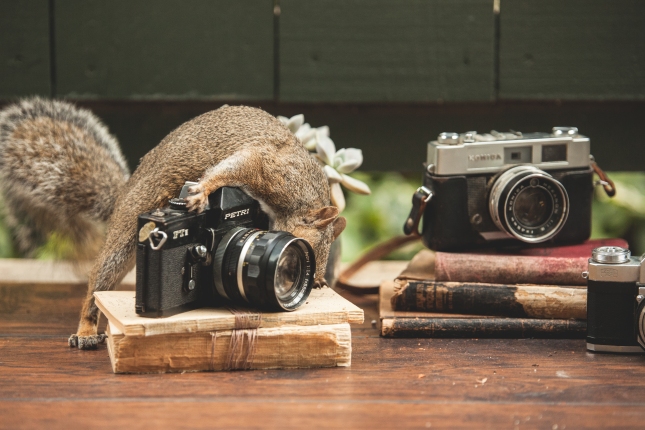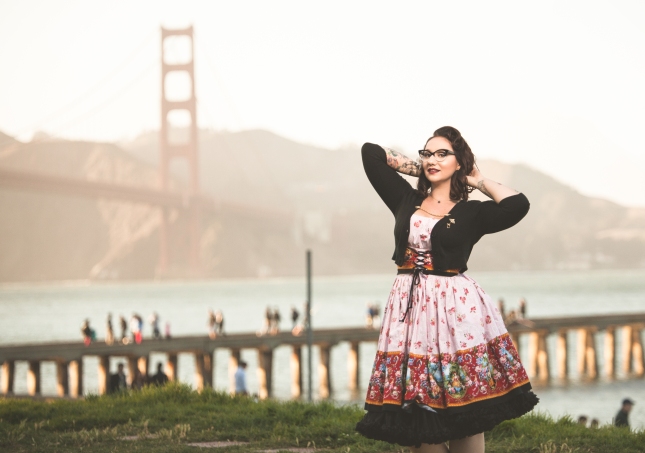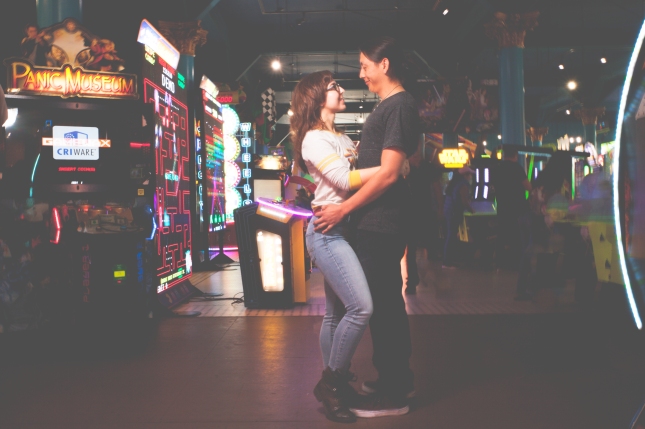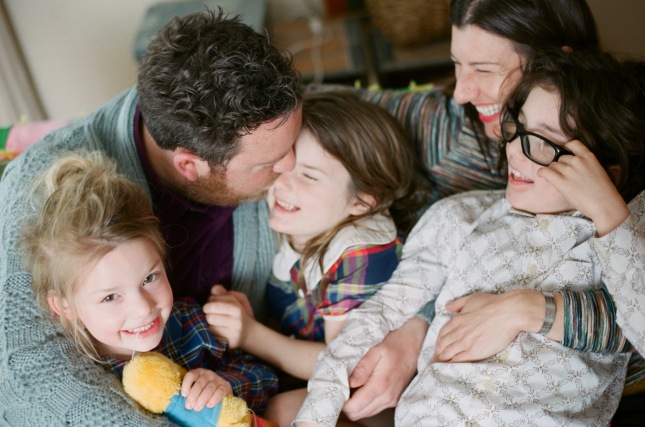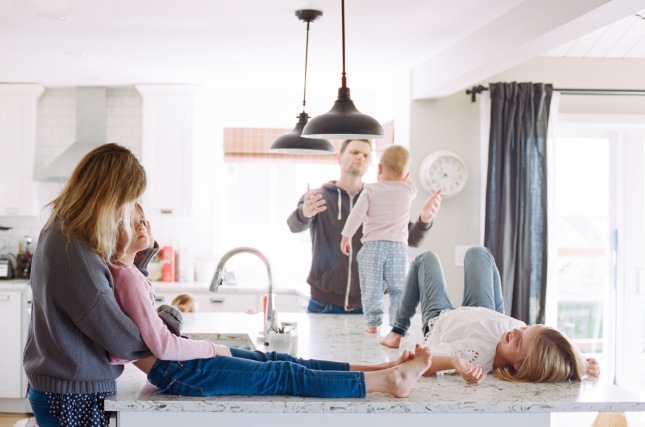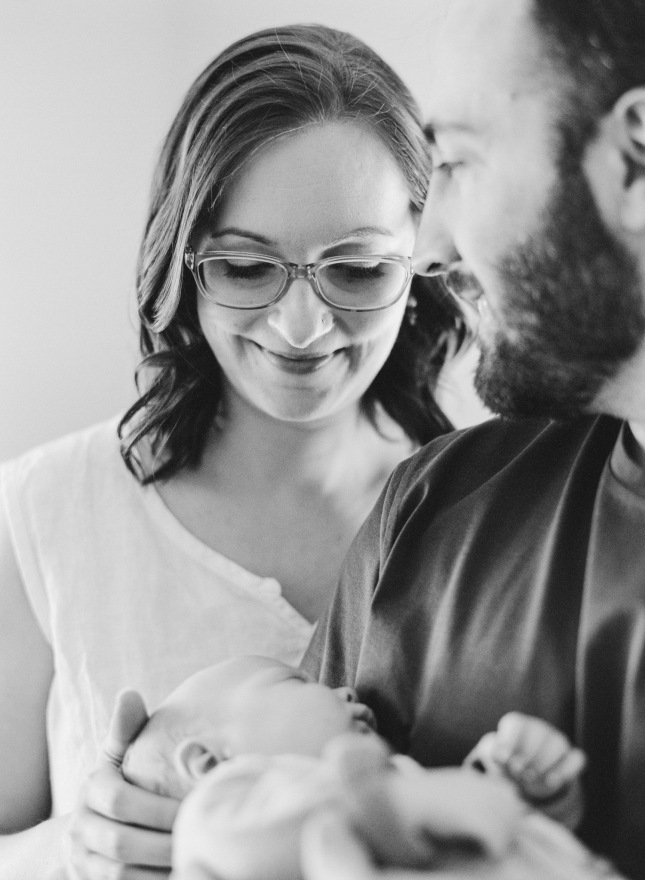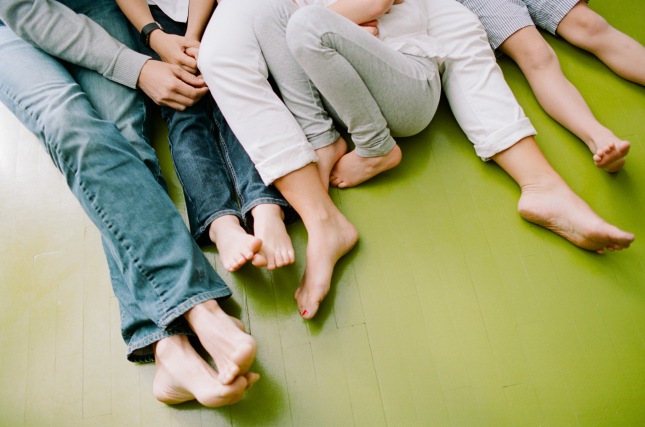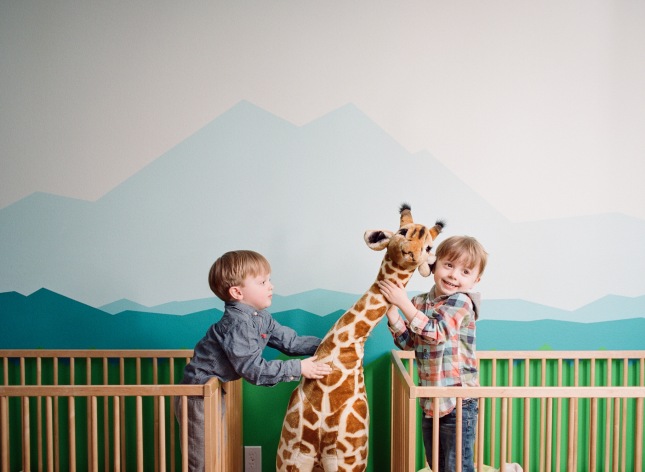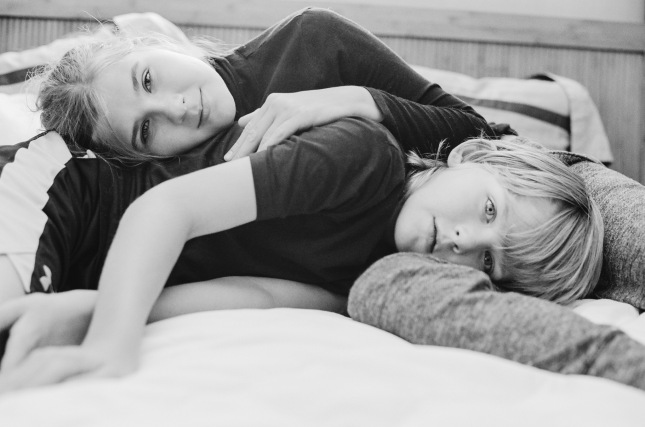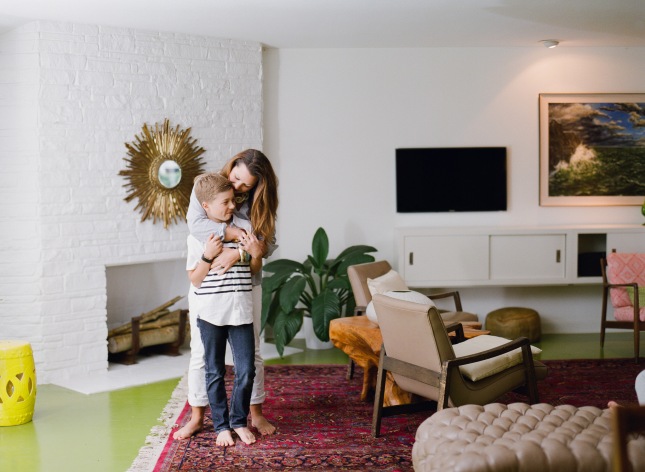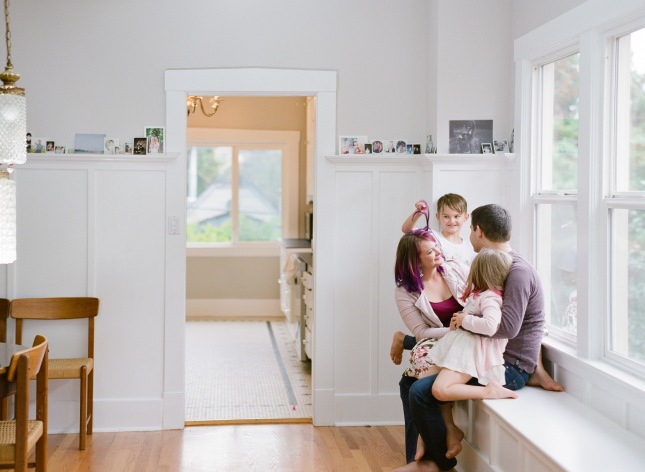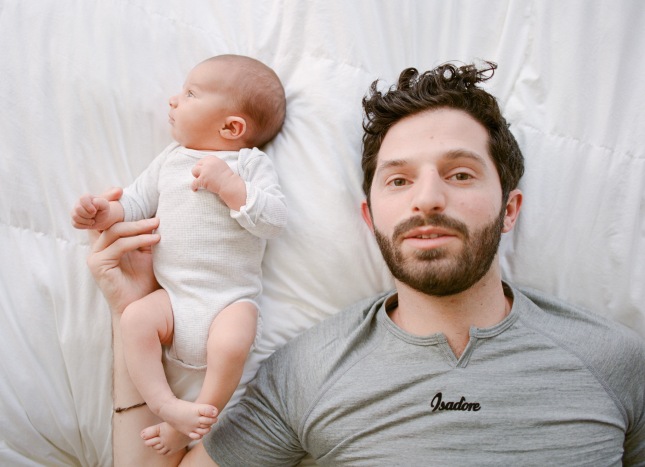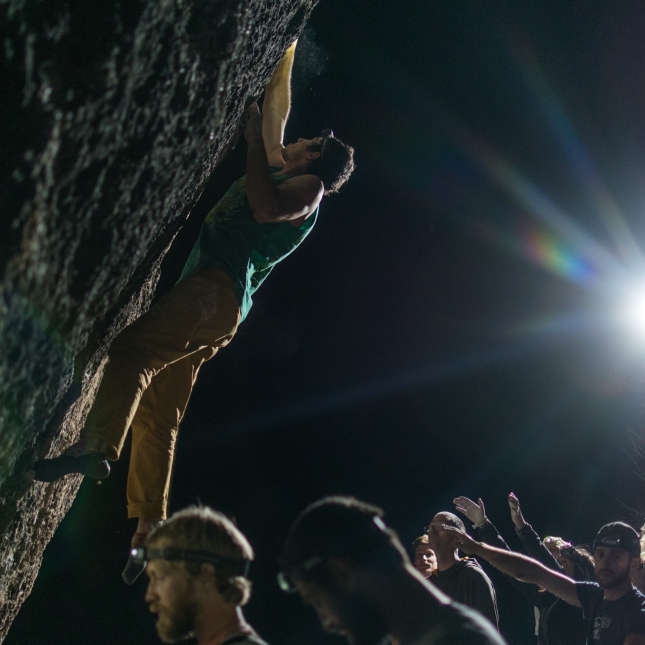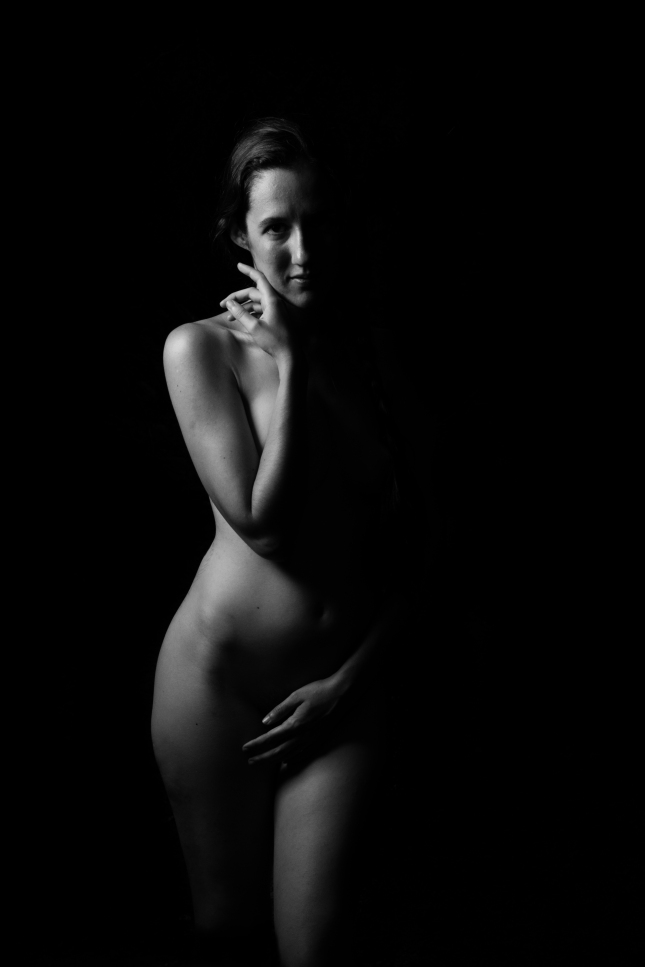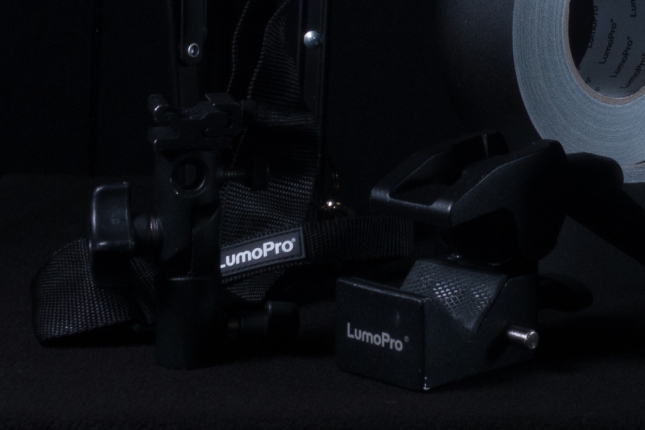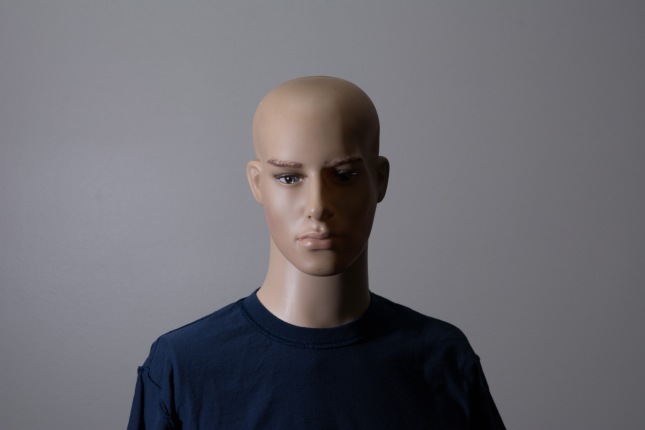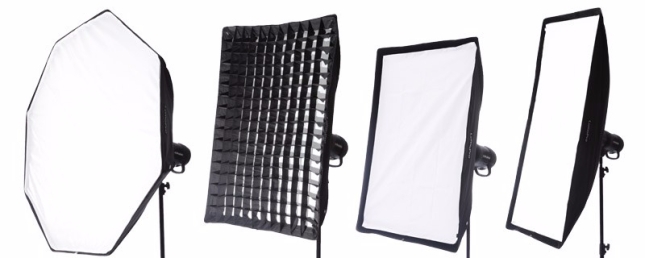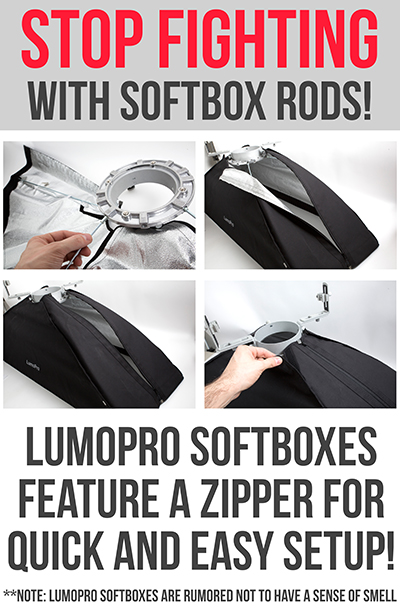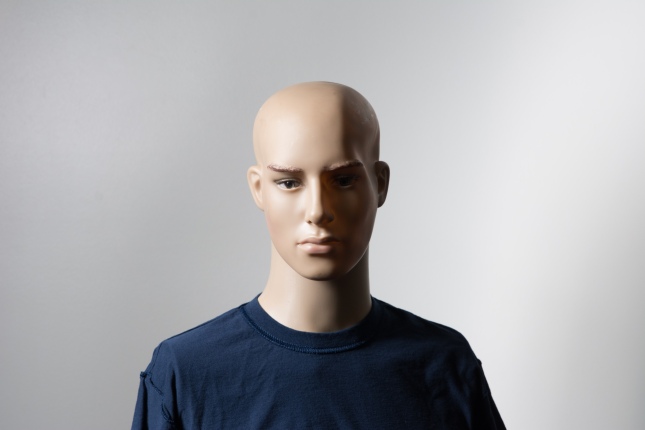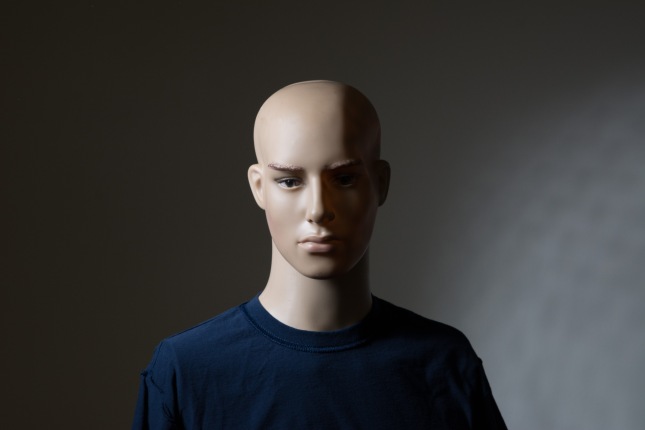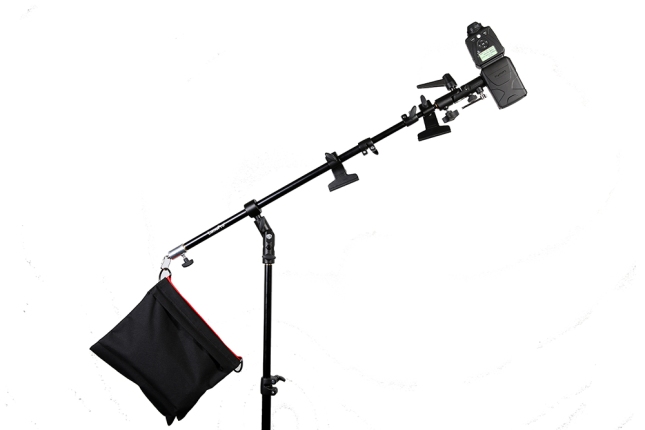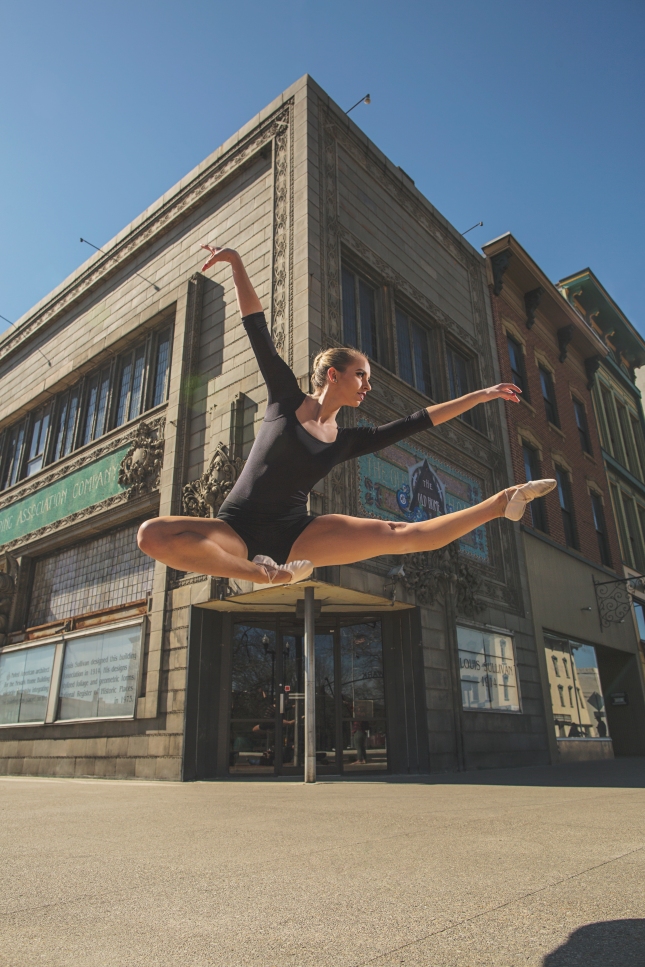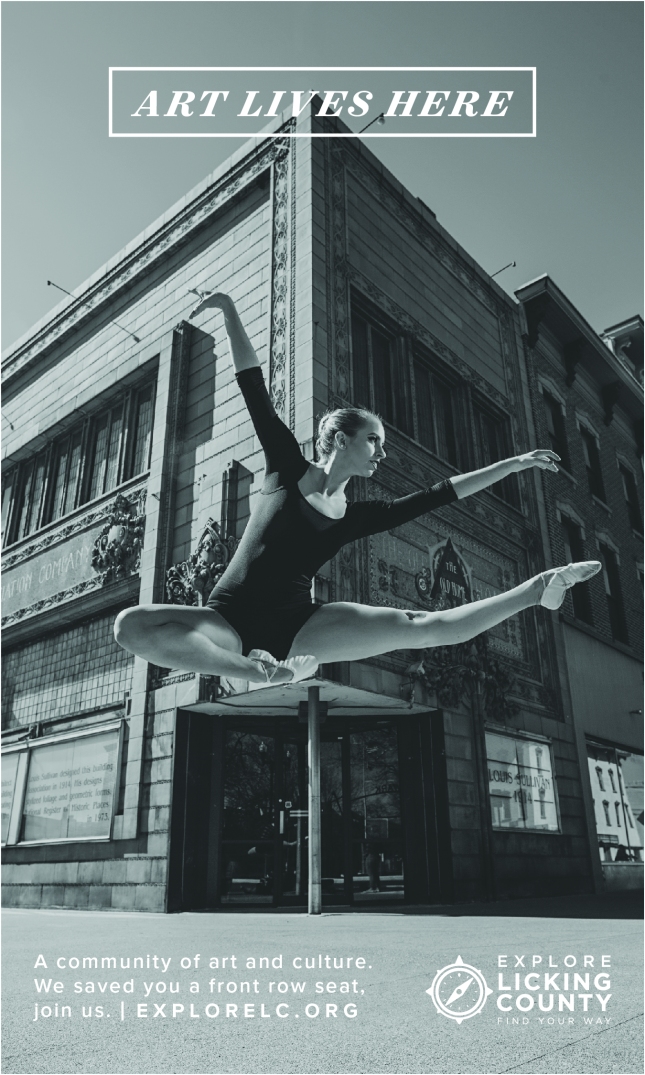Today on the blog we’re excited to be featuring Bill Peary, a wedding photographer from Austin, Texas. He runs Peary Photography with his wife and daughter, and together they capture weddings, engagements, bridal sessions, maternity, newborns, families and events. The Pearys even have an in-home studio where they create wine bottle product shots for more than 30 wineries.
Bill has been a full-time photographer for over 10 years. He shot his first wedding relying on only an Olympus 300 and a 2G CF card. “The ceremony was in direct light, and it was 105 degrees that day. I made $200. The couple still talks to me, so I guess I did ok.”
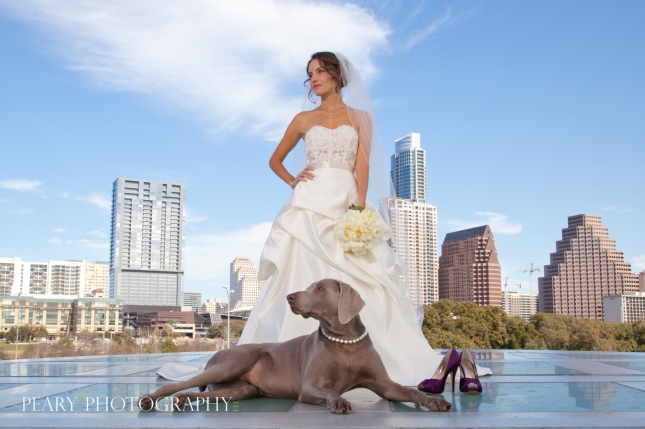
Photo by Peary Photography
One of Bill’s favorite things about taking photos is when he gets into his zone at weddings – where he is able to run the show and make things happen for the couple. He says the flip side of that high is when the wedding timeline is thrown off track. “We have to work hard to get things caught up. Happens all the time.”
Bill’s photography business isn’t just a business – it’s a family affair. Bill’s wife, Karen, keeps the business’ books, writes timelines and photo lists, and spends her weekends shooting with Bill. Their daughter, Allie, handles the business side of things and assists Bill on bridal and engagement sessions. Bill says that the various family members’ strengths are what make their business successful. “We, as a family, are always trying to figure out how to be better at what we do. I could not do this without Karen & Allie!” And having shot over 800 weddings together, the family is definitely doing something right!
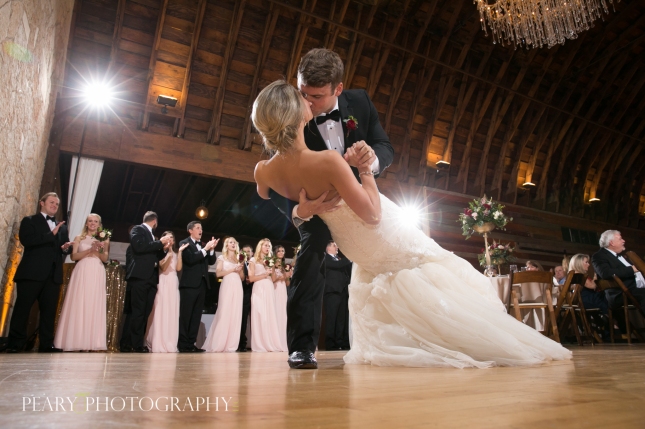
Photo by Peary Photography
It doesn’t hurt that Peary Photography is based in “The Wedding Capital of Texas,” with 36 wedding venues within 20 miles of their home. “From the small venue where we shoot more than 60 weddings a year, to our top six venues near our house, we know where all the good spots are for photos and have built strong relationships with the owners and staff,” Bill shares.
Another factor that has benefited Peary Photography is the relationships they have built with other wedding vendors. Bill asserts that networking with venues and other vendors is vital in the photography business. “All of those relationships are so important, but it takes a long time to prove yourself. Getting on a preferred list is not easy, so these are connections we never take for granted.”
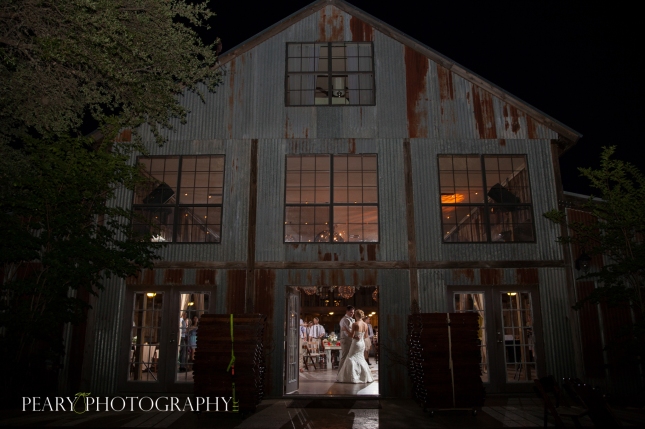
Photo by Peary Photography
Lighting is another essential part of Bill’s wedding photography success story. “We are totally reliant on lighting – mainly off-camera flash. If we didn’t have off-camera flash capabilities, we wouldn’t be doing this for a living.” Bill first found LumoPro six or seven years ago through a demo at the WPPI Expo. “Lighting is everything for our workflow, and LumoPro flashes changed our photography life.”
After starting with the venerable LP160, Bill upgraded to the LP180R and has not looked back. Bill says he generally uses two LumoPro flashes at a ceremony, four at a reception, and one LumoPro flash on a monopod for portraits at sunset or twilight.
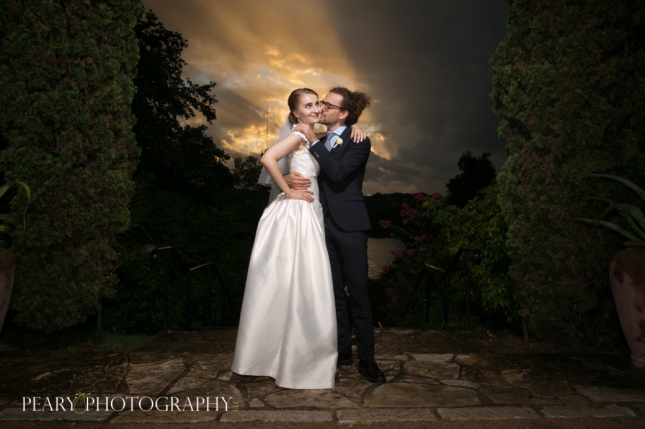
Photo by Peary Photography
Two of Bill’s favorite images have been shot with LumoPro flashes. This image of a couple on their wedding day was captured just as the rain had stopped and the sun broke through the clouds. Bill used one LumoPro flash on camera and one off camera, to properly expose the couple without losing the beautiful sunbeams in the background.
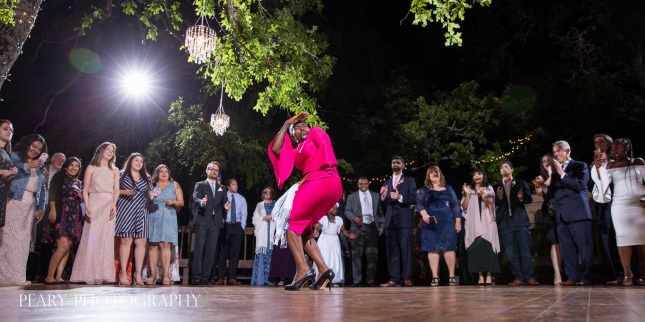
Photo by Peary Photography
Bill’s other favorite image was captured at an outdoor wedding reception. The bride’s family was from Kenya, and Bill captured an image of the bride’s aunt performing an incredible African-style dance. “In the long cropped image, you can see and feel her expression and see the reactions of everyone in the frame,” says Bill. The shot was captured with 3 or 4 LP180Rs, including the one you can see firing overhead in the upper left of the frame.
Bill advises photographers who are just getting started to work with another photographer who can show you how things work. He thinks that there are loads of resources available for photographers, but that practice is still the most important thing. “Just get out there and shoot, and if you can’t figure it out, ask another photographer or look it up on YouTube!”

Photo by Peary Photography
Lightning Round: Getting to Know You with Bill Peary!
LumoPro: If you could spend one day with any photographer (living or dead), who would it be and why?
Bill Peary: My mom. One day with her and her twin lens Rolleiflex and a couple hours in her dark room – lit by the red light bulb, watching paper turn into photographs and hanging them on clothespins. I can still smell the chemical fixer. This would be wonderful. She was a great journalist and photographer.
LP: If you had to choose one piece of lighting gear to have during a zombie apocalypse, what would it be and why?
BP: We just bought a Stella Pro continuous light that would blind the zombies to allow more time to get away. We could also start a fire with that thing because it gets oven hot.
LP: If given the chance, would you rather photograph the Olympics (Winter or Summer), the X-Games, a polo match with the entire royal family or a professional beer pong tournament?
BP: Just give me the All Access photographer wristbands for the Austin City Limits Festival and a sweet VIP parking pass!
LP: If you had a career other than photography, what would it be?
BP: Winemaker. Hands down.

Photo by Peary Photography
We so appreciate Bill’s time in speaking with us. You can find more of the Peary family’s work at https://www.pearyphotography.com/. You can also like them on Facebook or follow them on Instagram @pearyphotography.
All images by Peary Photography and used with permission.








